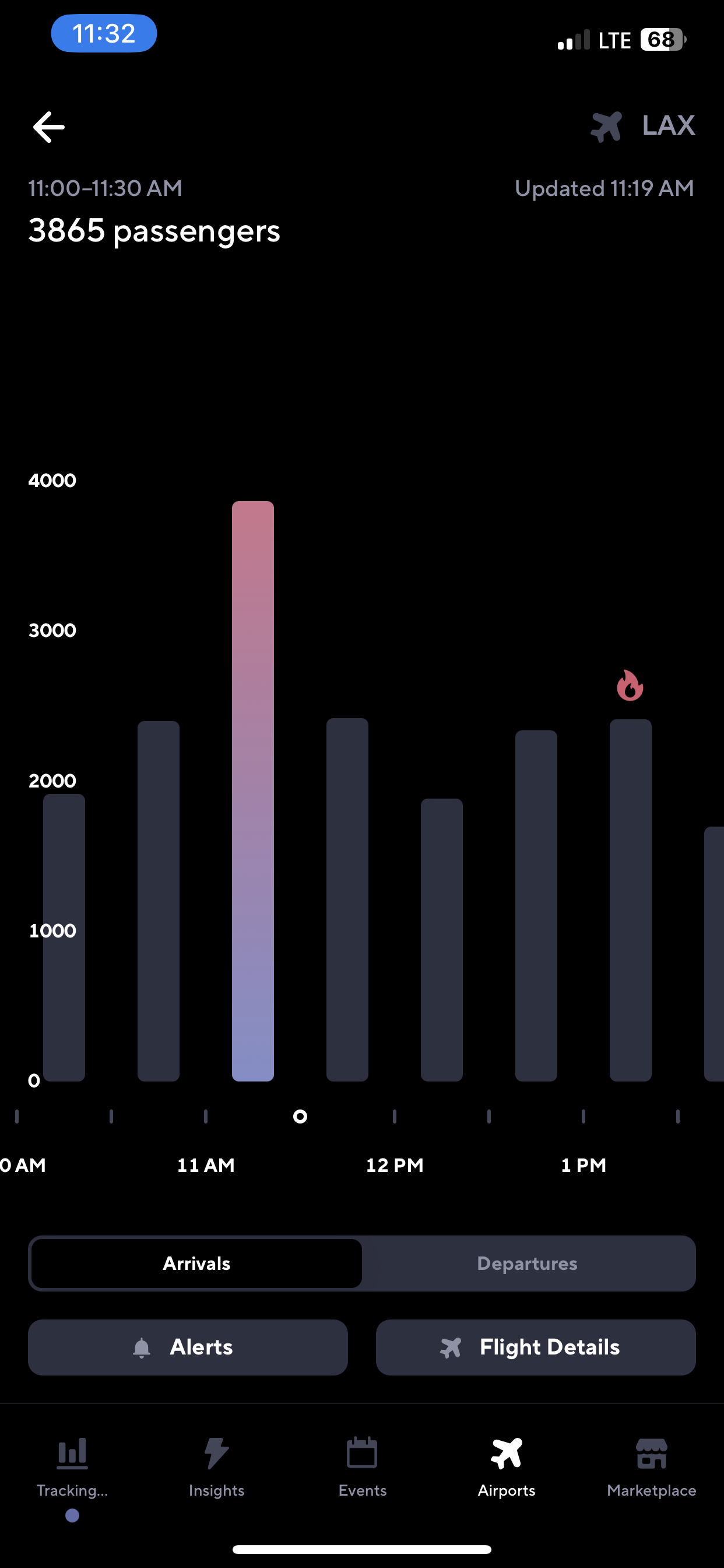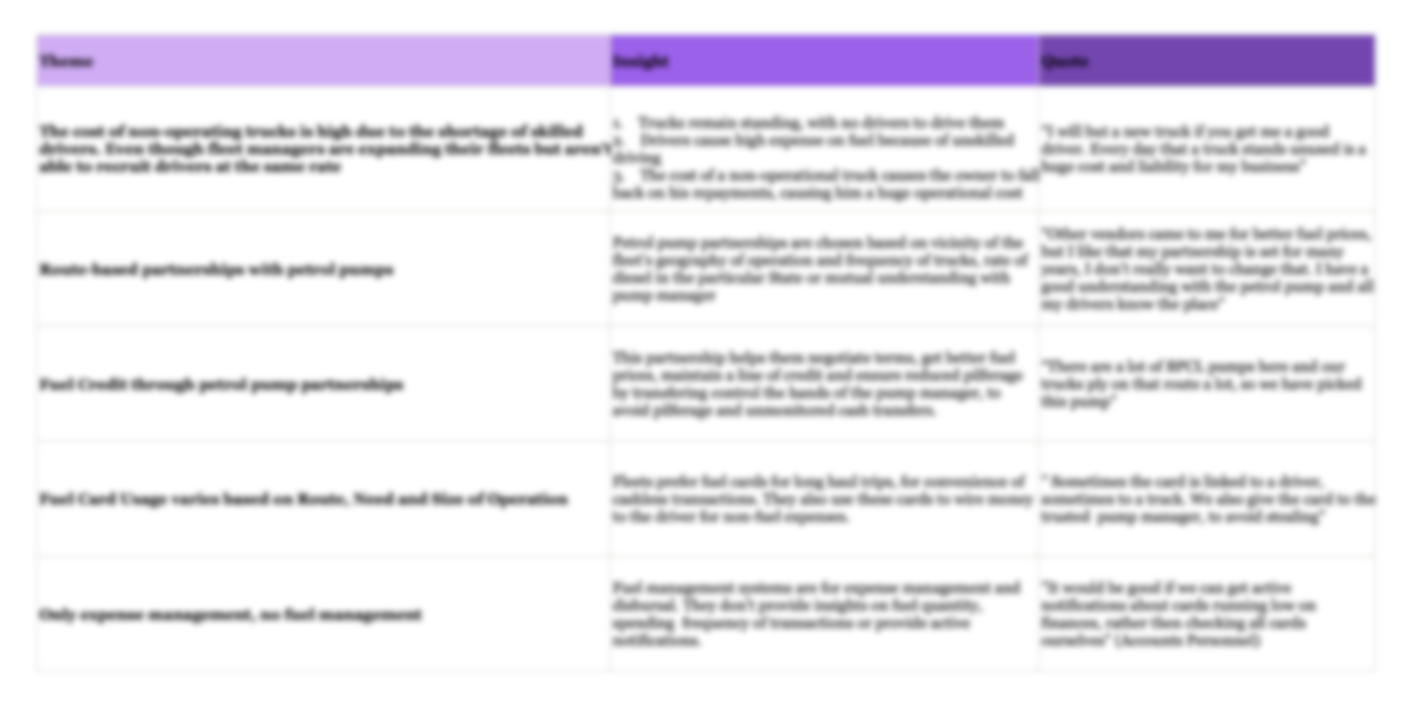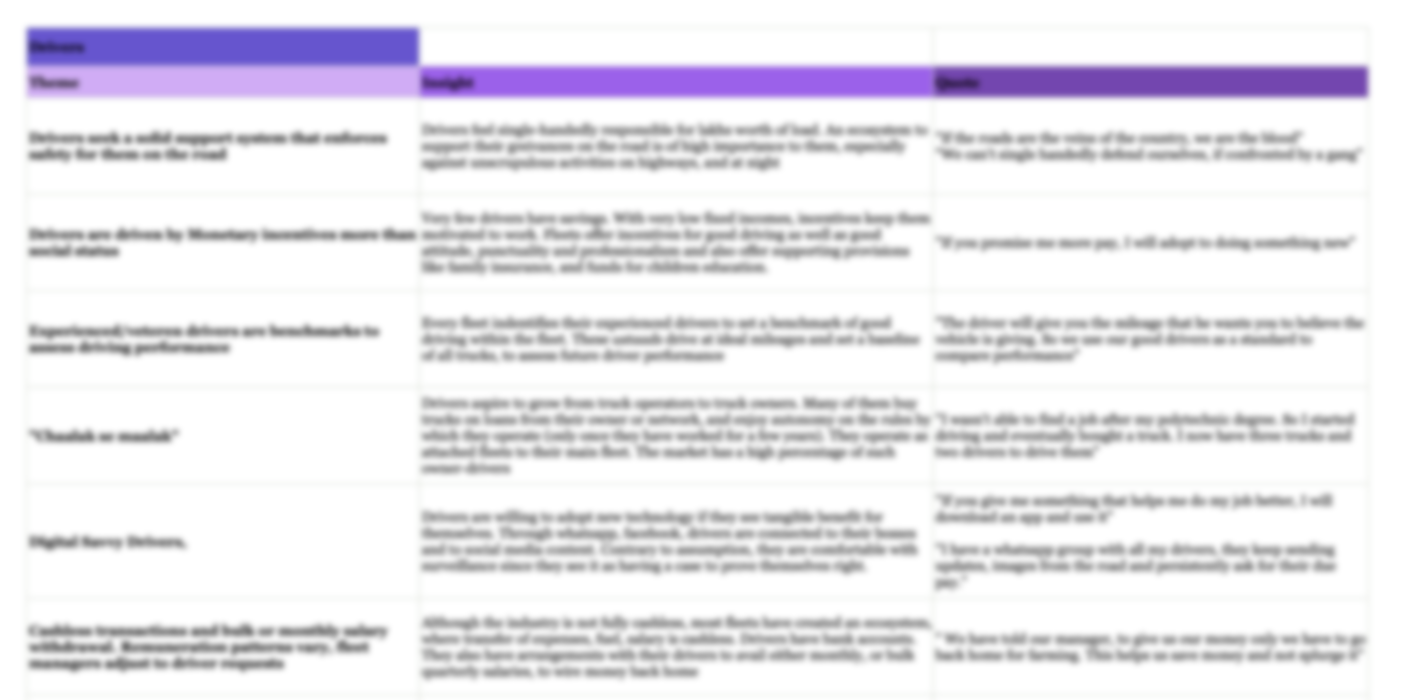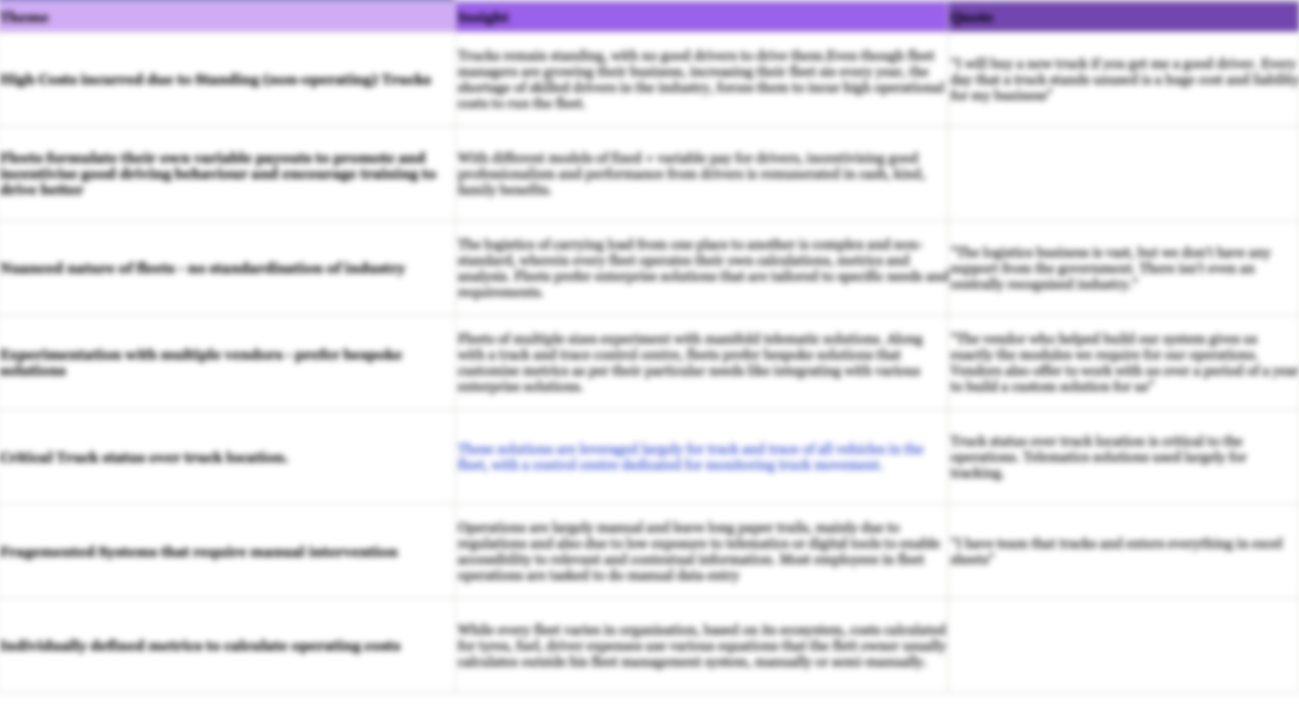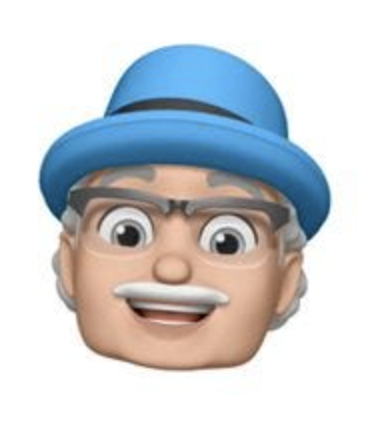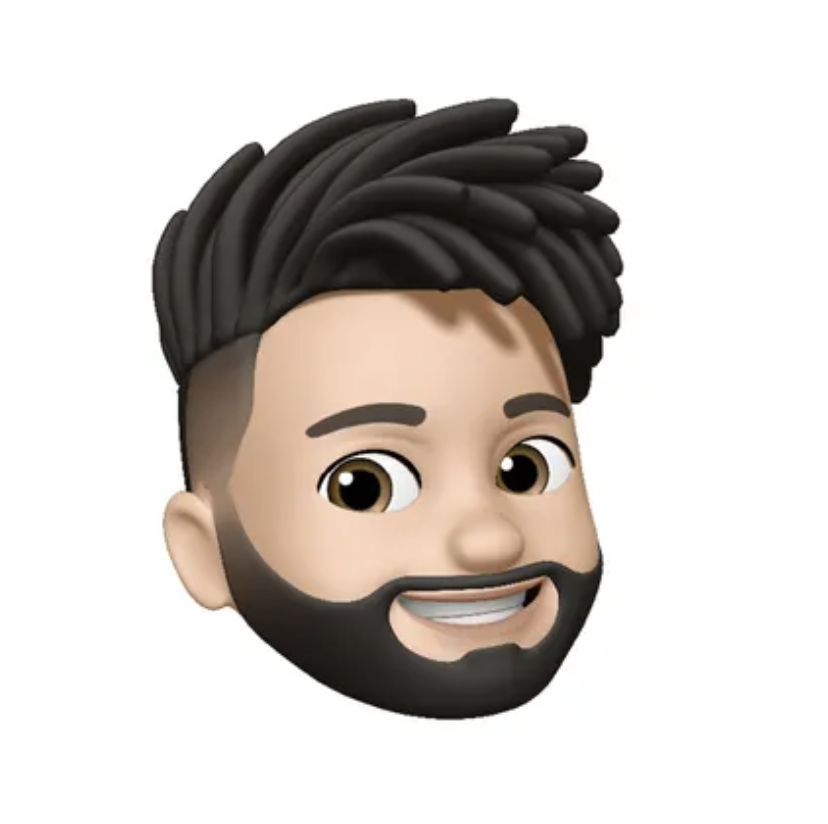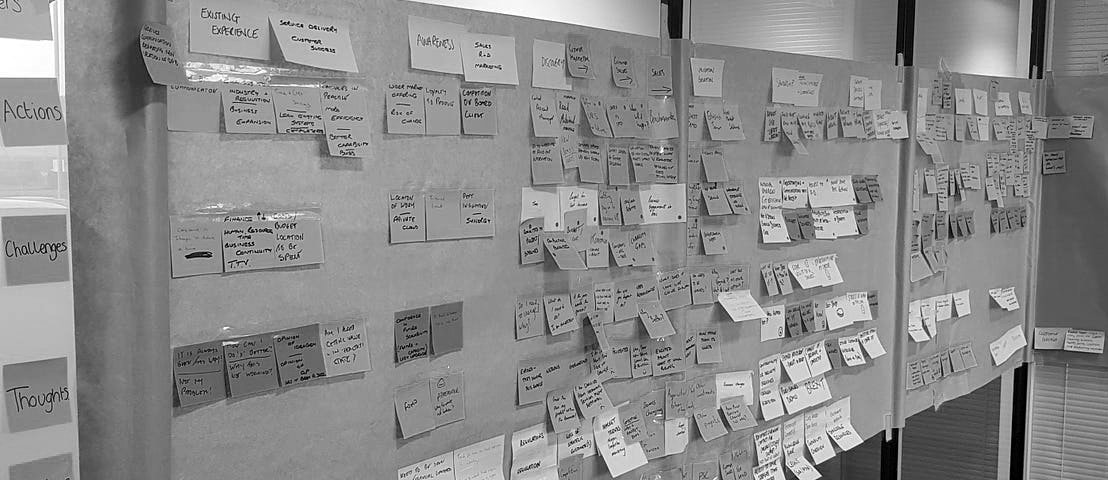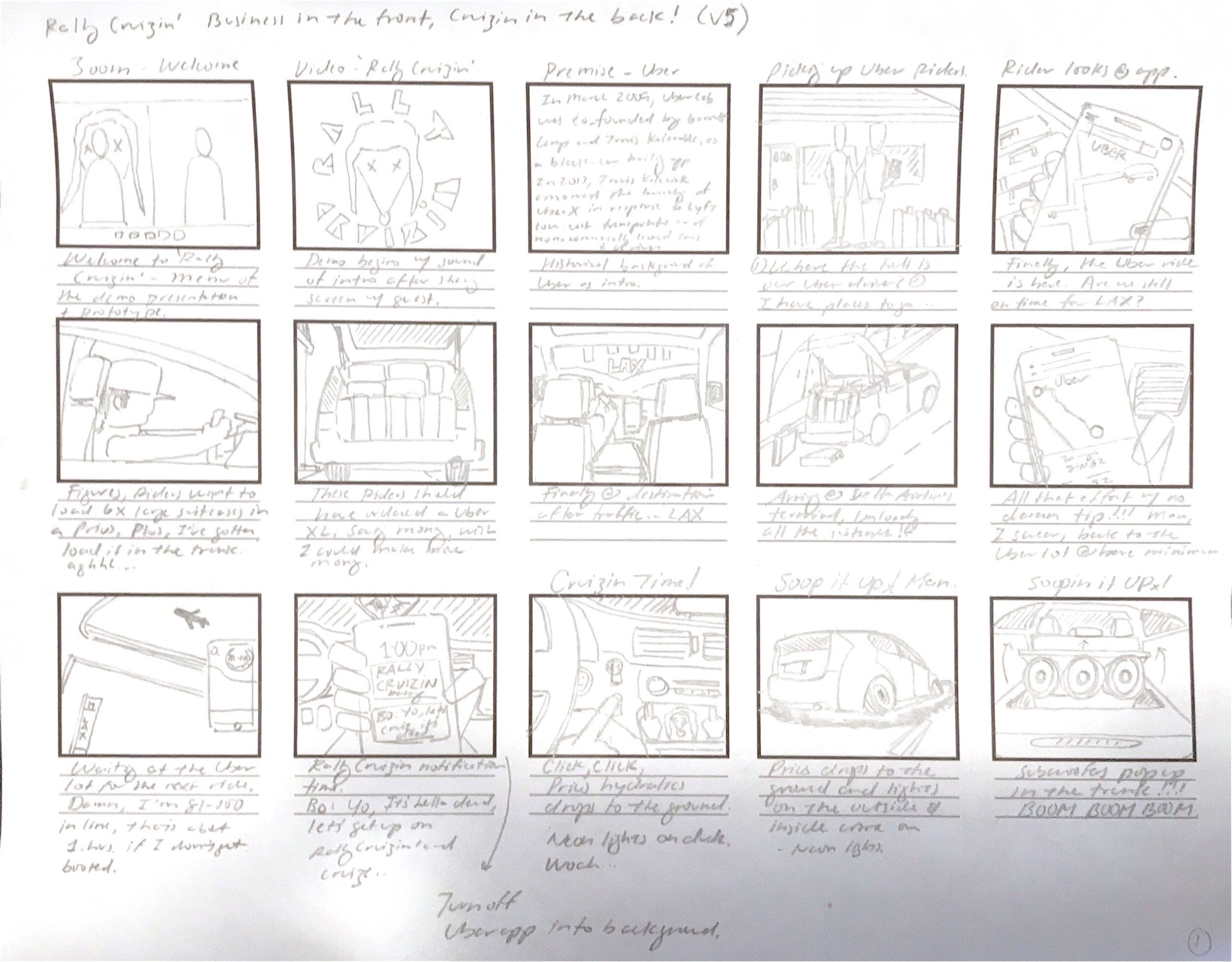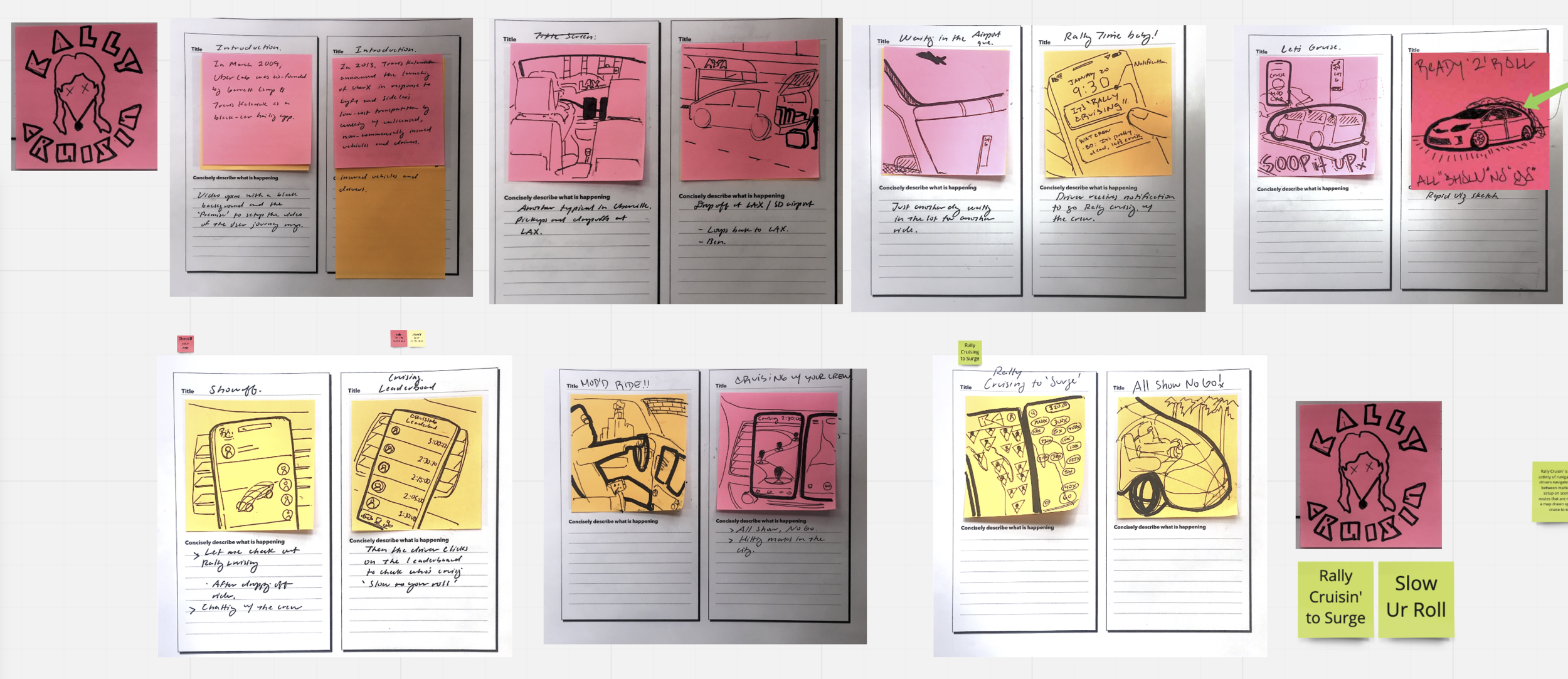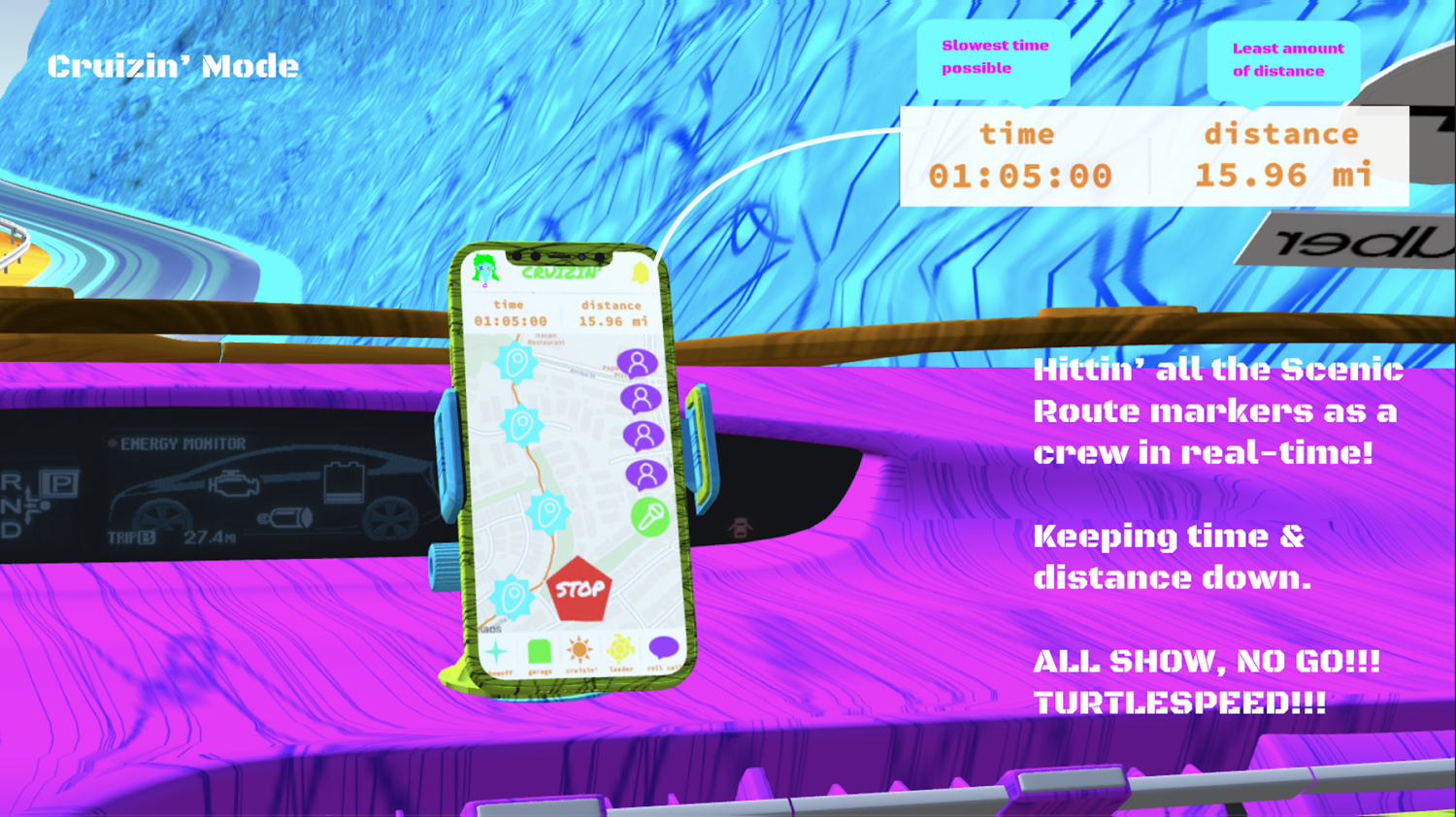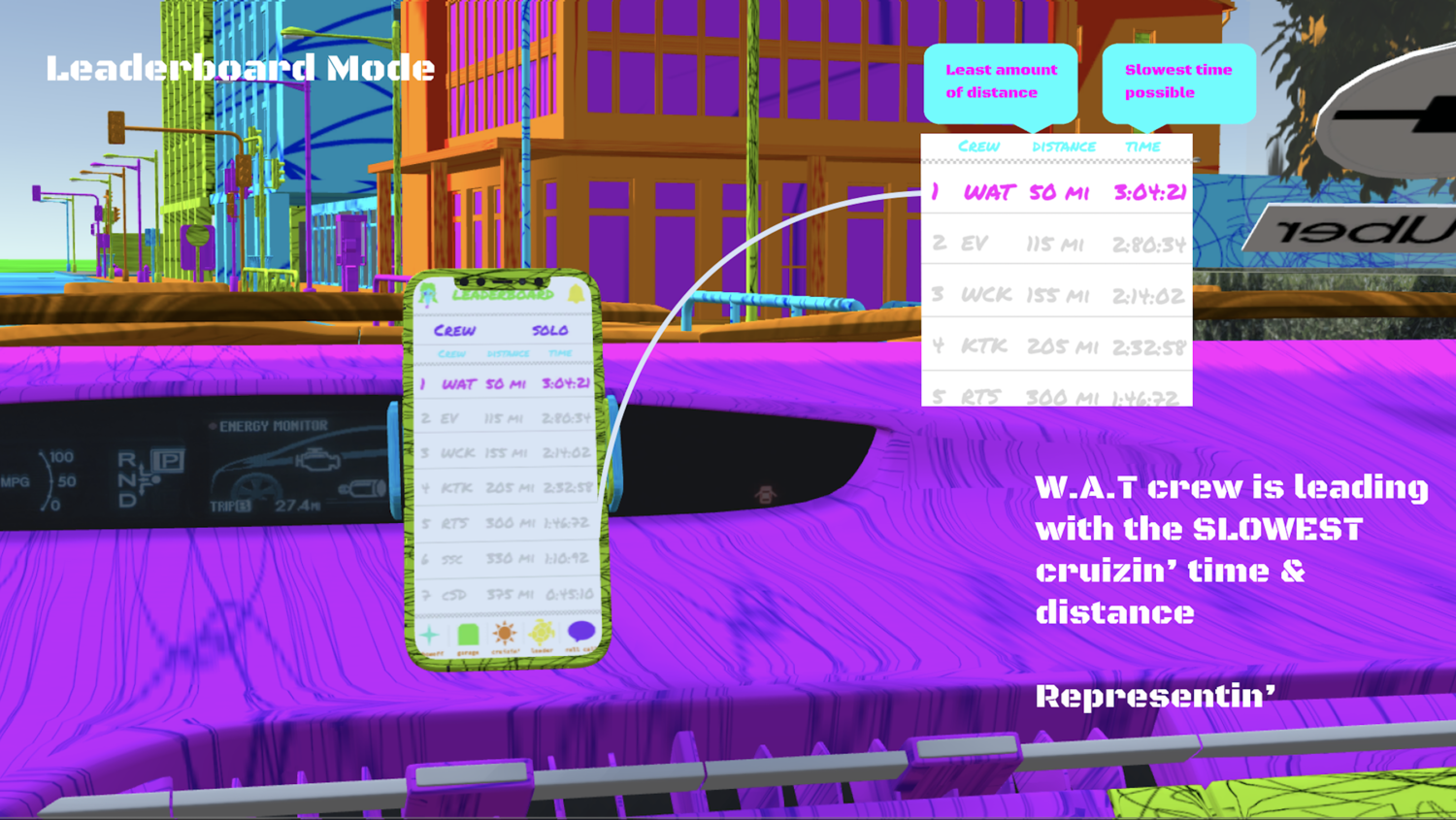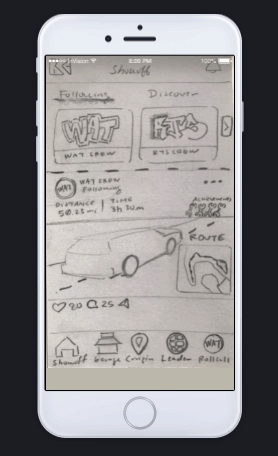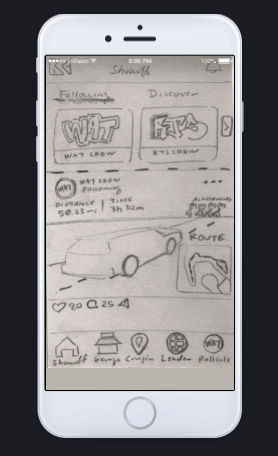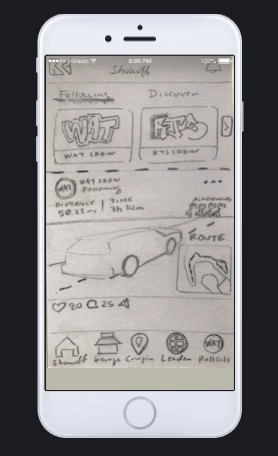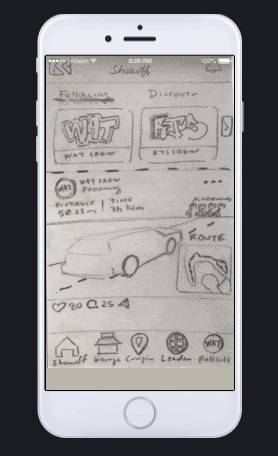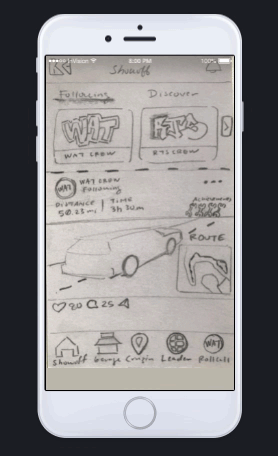Collective Power: Ride-hail Ecosystem Research
Through an Ethnography–led Design process, Collective Power summarizes a project where I explored opportunities for digital service design, to create driver-first offerings for all stakeholders in the ecosystem.
Research Objective:
Map the key stakeholders in the Ride-hail industry and recognize levers to influence driver behavior change and through better & informed driver to improve profitability.
Project Challenge:
How might we design digital and service touch points for a disorganized ecosystem to drive better incentives for drivers who spend most of their time on roads, to keep track of profitability?
Project Outcomes:
Use-case scenario video
Mobile app mockup
My Role:
User Research and Insights Synthesis
UX Design
Wire-framing
Low & Mid-fidelity Prototyping
Methodology:
Human Centered Design Research
Project Details:
Duration: 8 months
Completed: April 2021
Type: Thesis Project
Design Process:
Insights from ethnography research methods were used to inform design concepts and the different design approaches were validated with stakeholders during contextual inquiry sessions.
Stages of the Project:
Ethnographic Research:
Research was conducted with key stakeholders: drivers and riders using contextual inquiry.
I observed users in their environment to understand their activities, what tools they use in their daily work and how they interact with these tools.
This framework informed the analysis and made the research more meaningful than conducting in-depth interviews.
Research Area:
Summary of final data
Data Collection and Synthesis
Understanding the Use of Tools:
Shown below is a spectrum of digital tools used in Ride-hail and the objectives of their use.
Gig-Economy Ecosystem
Research Synthesis : Analyzing Insights
Insights were collected and documented with quotes and organized into four categories.
Profitable ride
Fuel costs
Full time driver
Part-time driver
Insights:
Lack of features within Uber driver app to track and manage costs, leads to uninformed ride decisions to be profitable.
Gig workers resist the apps gamified algorithm through oppositional play, known as Surge.
Gig workers lack a community platform to share insights, strategies, and experiences to unlock income and work together.







